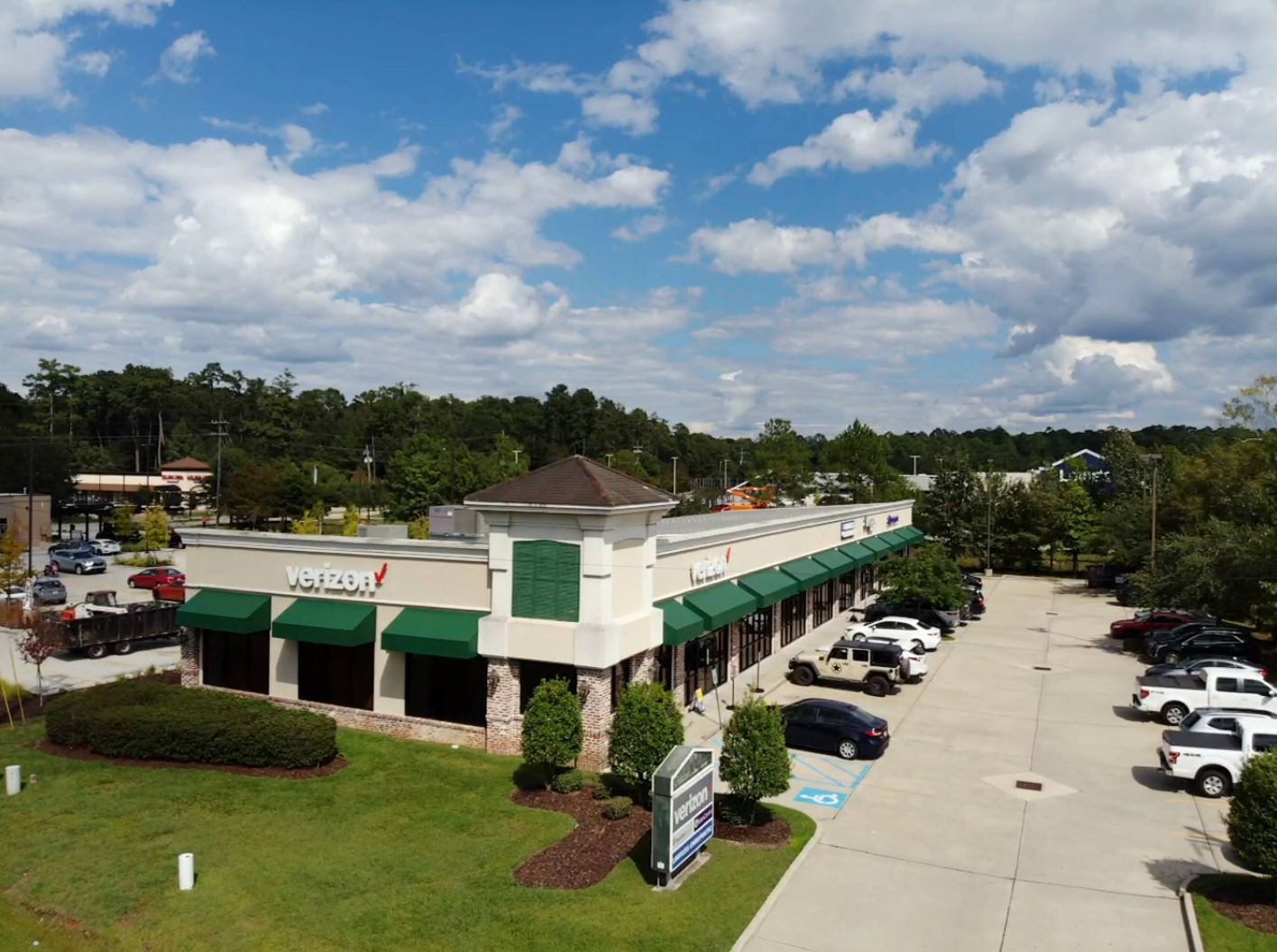A Beginner’s Guide to Wetlands: What They Are, Why They Matter and How They Could Affect Your Next Property Deal
Curated for Developers, Investors and Landowners with Vision
When evaluating land for purchase or development, most buyers know to ask about zoning, location, utilities or road access. Too often, one major factor is overlooked until it’s too late. Wetlands. These critical ecosystems have the power to shape your deal’s timeline, budget and long-term potential. Yet, for many, they remain misunderstood, under-researched and improperly assessed.
What Are Wetlands?
So, what exactly is a wetland? Despite their reputation as “swampy” or unbuildable areas, wetlands come in many forms. They’re essentially transitional zones between dry land and water. Some are seasonally saturated, while others hold standing water year-round. They can appear as dense, green marshes or forested floodplains. You might walk across some without even realizing their environmental classification. The key identifiers are water presence, soil composition and specific types of vegetation adapted to these moist conditions.
Why Do Wetlands Matter?
Wetland areas serve as nature’s filtration systems, absorbing excess rainwater, purifying runoff and acting as buffers against erosion and flooding. For commercial real estate professionals, that translates into real implications. If your property includes or borders a wetland, development can be restricted. You may be required to go through a wetland delineation survey or seek federal permits from the U.S. Army Corps of Engineers before proceeding. That’s not a box to check after you close a deal. It needs to be considered in the early due diligence stages.
I’ve had numerous clients come to me for help after they purchased land, only to discover it was impacted by wetlands. One of the most common misconceptions is confusing wetlands with floodplains, or assuming wetlands only exist in marshy, swamp-like areas. If the land looks dry and walkable, and it’s not in a floodplain, many buyers assume they’re in the clear. But that assumption can be costly. Wetlands can trigger tens of thousands of dollars in unexpected impact fees and permitting requirements. If you paid market value but later find out the land has limited development potential due to wetland restrictions, you could be left holding a submarket opportunity.
While these issues are especially relevant for large-scale commercial development, they also apply to anyone dreaming of building a home or family estate. Failing to account for wetlands early in the process can derail your site plan and leave you tangled in a frustrating web of government oversight and design limitations. That’s why having the right team of professionals by your side who understand these elements is key to the success of your project. It will protect your investment and find any hidden issues before it’s too late.
That’s exactly why I’m launching this blog series: to help real estate professionals, business owners, developers and investors like you ask better questions, mitigate risk and see every acre of opportunity with more certainty. Even if development is still possible, timelines and costs can change dramatically. You could face months of environmental review, mitigation plans and permitting fees that alter your project scope entirely. That doesn’t mean wetlands are always a downside. In some cases, they increase the ecological value of your property and even open the door to conservation incentives, tax credits or specialized investment strategies like mitigation banking. But, understanding that value and how to position it requires expert insight and planning. As a Realtor who works frequently with landowners, investors and developers, I’ve seen how wetlands can either surprise or serve, depending on the clarity and confidence you bring into the process.
How Wetlands Can Impact Your Property or Project
At last, how could wetlands affect your deal?
1. Development Restrictions
If a portion of your land is classified as a federally protected wetland, development may be restricted or require permitting through the U.S. Army Corps of Engineers (USACE). Skipping this step could result in costly consequences. There are jurisdictional and non-jurisdictional wetlands, and they are not handled the same. Misunderstanding the impact your wetlands may have can completely undermine your development plan.
2. Delays & Costs
Wetland delineation surveys and mitigation plans take time. Failing to account for them early can delay your project by months and significantly increase costs. As clients or agents begin exploring a potential land purchase, I walk them through a step-by-step process to help assess potential wetland impacts and make informed decisions about land purchases. It begins with a desktop analysis, where we review available data and mapping resources to flag any immediate concerns. Next is an on-site analysis to evaluate physical characteristics of the property. If warranted, I'll bring in a wetland specialist for a preliminary assessment to determine whether a formal report is needed.
When necessary, a full wetlands report is commissioned to document findings in detail. Only after these foundational steps will I guide clients through the submission process to the USACE. Between the last two steps, there may also be project-specific requirements, such as site planning or municipal permitting, which we'll navigate based on the unique needs of the property and development goals. This hands-on process allows me to support clients and agents early in their due diligence, avoiding surprises and setting their projects up for long-term success.
The first three steps, desktop analysis, on-site evaluation and a preliminary specialist review, typically take under a week. Step four, if a formal wetlands report is needed, can take a few weeks to a few months, depending on the site. Step five, submitting to the U.S. Army Corps of Engineers, can extend the timeline significantly, with permitting taking at least three months and sometimes up to a year.
3. Marketability
While some investors shy away from wetlands, others see opportunity through eco-tourism or preservation grants. With the right knowledge and partnerships, wetlands can be repositioned as an asset, not a liability. Ultimately, the feasibility is answered in the pro forma. For example, if you’re building a home site or subdivision and the margins are small and the typical land price is low, then there is little room for mitigation costs. On the other hand, in the commercial sector, if you’re able to purchase land that contains wetlands due to a manageable watershed issue and address that through engineered rerouting, your strategic investment can yield the same development opportunity at a better price point, allowing you to come out ahead.
💬 Let’s Discuss:
So, how do you know if wetlands might be part of your property or project? Have you walked on land that felt soft to stand on? Has your property held standing water during certain seasons or featured dense vegetation in dips and hollows? Would you know if those are signs to pause for further investigation or a low-lying patch that dries up later?
I’d love to hear your take. Share your experience in the comments. Have wetlands ever played a role in your real estate deals, for better or worse? What questions do you still have? If you have a horror story, share it and let others learn from the mistakes we’ve made. If you have questions about a property that you own or one you are looking to purchase, reach out. Let’s see where we can help clarify your concerns and answer your questions.





